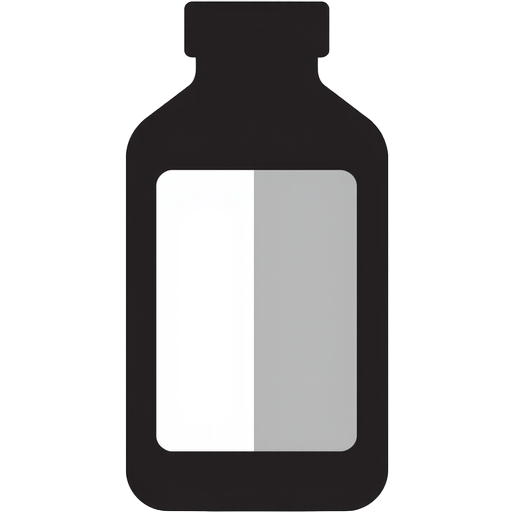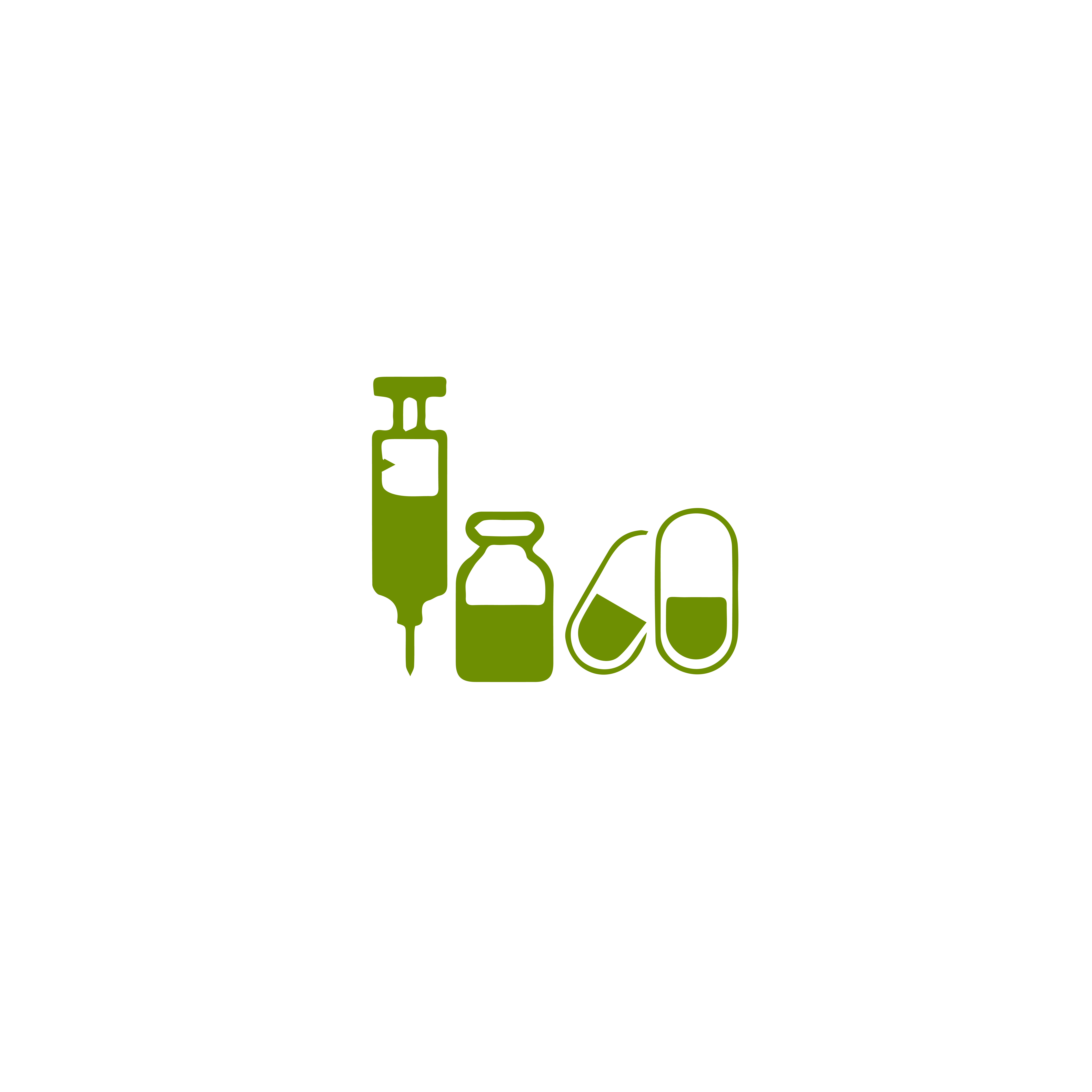Important measures to prevent the harmful effects of high temperatures
The effects of elevated temperatures vary based on:
Age of the birds: Birds in the later stages of growth are more sensitive to high temperatures due to increased energy requirements from larger feed intake and higher weight gain during this period. Additionally, these birds may have experienced various diseases and treatments that weakened their vital systems, and they tend to accumulate higher levels of different mycotoxins. In contrast, birds in the first two to three weeks exhibit greater vitality and are better able to perform vital tasks.
Weight of the birds: As the weight increases, the sensitivity of the bird to high temperatures also increases.
Sex: Males are generally more affected than females, likely due to their higher weights compared to females.
Level of temperature increase: Broiler chickens can tolerate a certain degree of heat through mechanisms such as panting. However, during extreme heat, these thermoregulatory mechanisms become ineffective and can further stress the birds, leading to increased mortality rates.
Design of the barn: Raising birds in closed barns is more efficient in managing high temperatures due to better thermal insulation from the external environment and the implementation of cooling cell systems and exhaust fans. In contrast, open barns have more difficulty controlling temperature increases.
Quality of feed: The energy and protein levels in the diet, the compatibility of nutrient ratios, and the presence of supplementary nutrients such as vitamins, minerals, and amino acids can affect the birds' responses to heat.
Duration of exposure to high temperatures during the day: The longer the exposure to elevated temperatures, the more pronounced the effects on the birds.

But what is heat stress?
Heat stress is a condition that arises when a bird is unable to maintain a balance between the heat gained and the heat lost. In this situation, the temperature that the bird's body acquires is greater than the amount of heat the bird can dissipate through various mechanisms, which ultimately leads to an increase in the bird's body temperature, increased rates of panting, and subsequent negative effects that can result in death.
There are several mechanisms that birds use to reduce excess heat gain and contribute to losing more heat. These mechanisms include:
-
Mouth breathing and increased panting: Panting is one of the most important heat loss mechanisms that chickens use to cope with elevated body temperatures, known as evaporative cooling.
-
Reduced feed intake: Birds tend to eat less, which helps minimize heat generated from metabolic processes.
-
Contact with cooler surfaces: Birds seek contact with cooler surfaces, such as the walls of the barn or drinkers. They also scratch in the bedding to find cooler areas that can assist in heat loss through contact.
-
Increased water intake: Birds will drink more water, especially when the temperature of the water is not affected by external heat.
-
Reduced movement: Birds will decrease their activity levels in the barn and prefer to rest in areas that are more humid and cooler.







